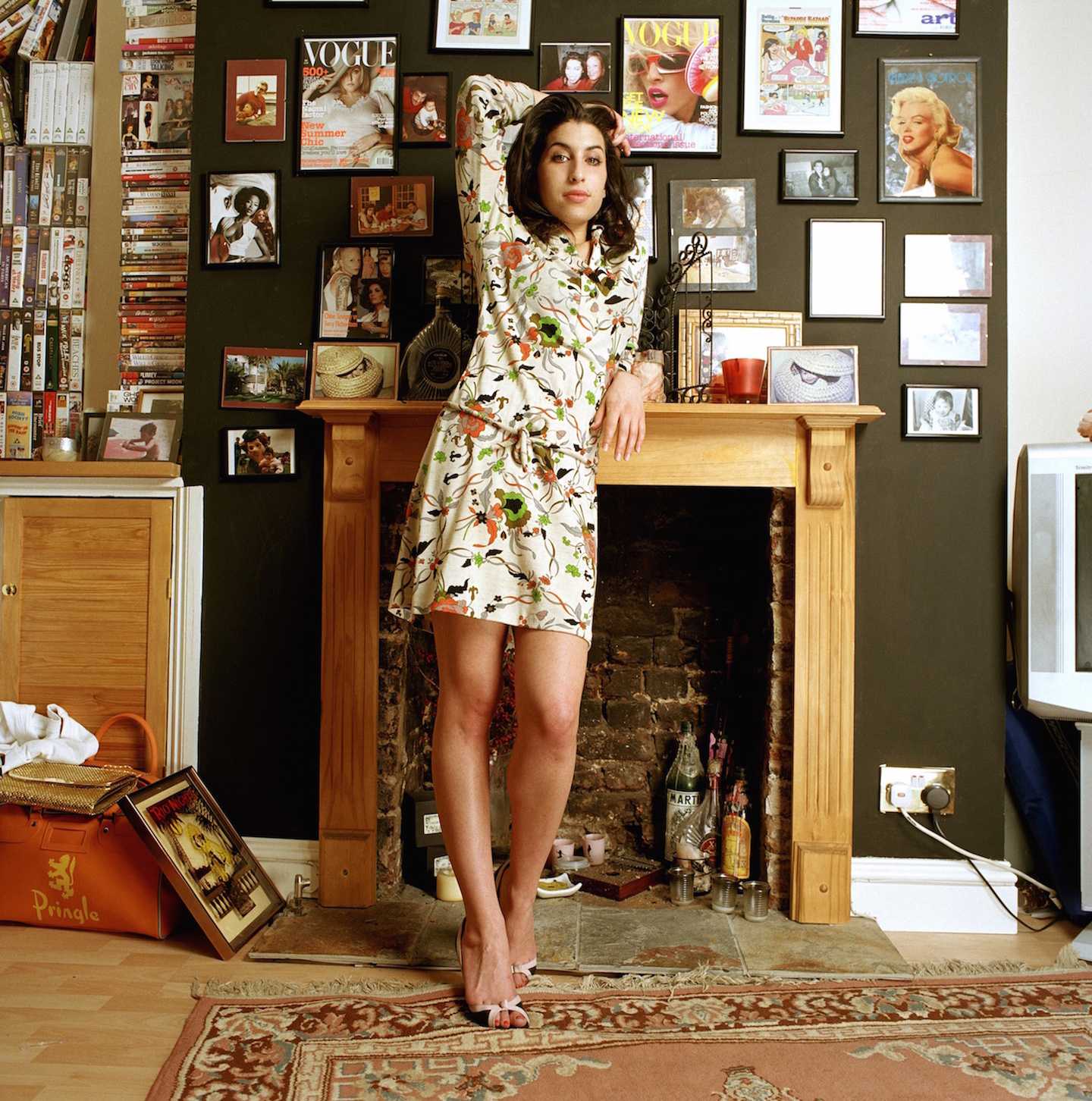Life before death
Exhibit explores Amy Winehouse's rise to fame.
October 1, 2015
In the four years following jazz vocalist Amy Winehouse’s premature death at the age of 27, fans and critics alike have widely speculated about her struggle with addiction, anorexia and promiscuity, but a new exhibit is finally reflecting on her life.
Running through Nov. 1, The Contemporary Jewish Museum’s exhibit “Amy Winehouse: A Family Portrait” creates a timeline of highlights from grade school to the last days of her life through a collection of family memorabilia and insights from her older brother Alex Winehouse.
Amy Winehouse’s recorded voice, singing of her pains and pleasures in her breakup ballad “Back to Black,” draws visitors into the exhibit with a clip of an intimate performance from the documentary “Amy Winehouse: The Day She Came to Dingle.”
Winehouse took it upon herself to apply to the Sylvia Young Theatre School. Excerpts of her sassy application essay in which she is blunt about her less than impressive grades, but expresses hope for the potential she sees in herself, are dispersed throughout the exhibit.
Her school uniform, a video of a school performance and photographs form a multimedia display capturing the essence of Winehouse’s talent and illustrating her youthful restlessness.
The show continues with assorted backstage passes, Winehouse’s prized magnet collection, and significant staple pieces of her retro-’60s wardrobe. A framed, handwritten playlist, entitled “Songs on my chill-out tape,” features Ray Charles, Ella Fitzgerald, Nina Simone and Frank Sinatra, all musicians she credited as influences. Both her style and her mature taste in music speak loudly as examples of her old soul.
The exhibit also explores Winehouse’s musical inspiration and her own influence as a musician, featuring artists who say they have been inspired by Winehouse. Rachel Harrison, Jennie Ottinger, and Jason Jägel each present a representation, juxtaposing media and styles in their expressions.
Harrison’s four abstract, brightly-colored pencil drawings of Winehouse lure the viewer into the smaller, sub-exhibit, illustrating Winehouse with her muses and demons.
Ottinger’s “Mouth to Mouth: Pieces from an Animation about Cultural Appropriation,” covers a white wall in a path of paper-doll like pieces. Although relevant to current events and movements such as #BlackLivesMatter, Ottinger’s display of Winehouse as a vessel of cultural appropriation seems distasteful and inappropriate in wake of Winehouse’s remembrance as well as out of place amidst an exhibit intended to celebrate her life.
The exhibit closes with Jason Jägel’s colorful, geometric representations of Winehouse and the feelings the late singer’s music evokes. Although these pieces are thought-provoking, they are poorly visible in terms of logistics, as the slim walkway forces the viewer to observe the whole piece from a neck-straining position.
Overall the show leaves visitors feeling bittersweet over the loss of such a great talent whose raw emotions were prevalent in her soulful voice, eclipsing her band’s other instruments.

